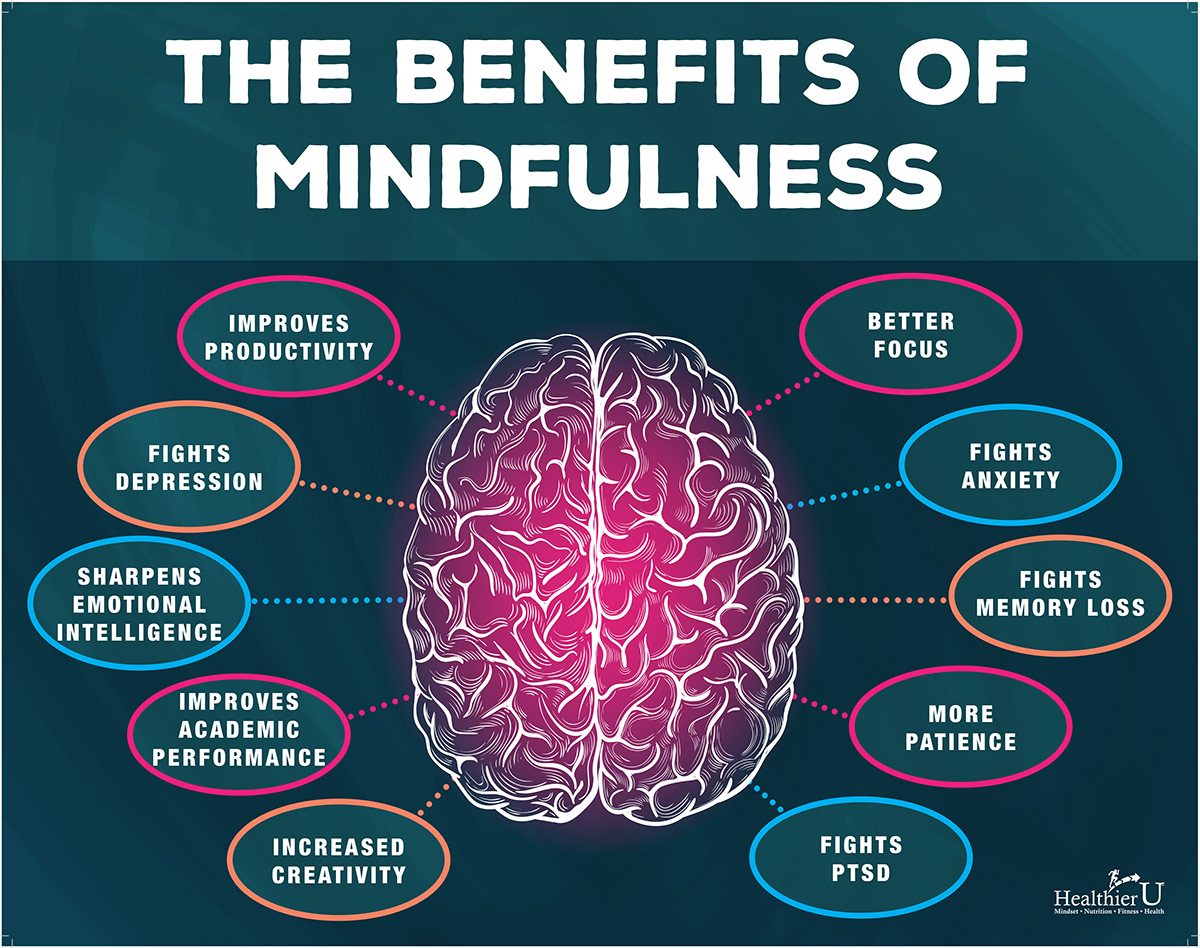What is the
driving force of your classroom?
What is your driving
force?
Social Identity Theory
and the idea of In-Group and Out-Group may be shaping your classroom without
your awareness.
Henri Tajfel in
1979 explored the idea of how our social identity impacts how we interact with
others. He stated that our sense of who we are is based on the in-groups we belong
to and how we view our in-group verses how we view the out-groups.
Our in-groups create
a sense of belonging.
Brene Brown shares
that our actions are driven by a need to belong.
H.Tajfel proposes
that our self-esteem is driven by belonging to an in-group.
Once we have an in-group
we identify with we then create a sense of “us” verses “them”. The us and them scenario
can comfort but it can also create conflict and stereotyping. When we begin to
stereotype, exaggerations occur. The exaggerations of, the difference between
the in-groups and out-groups and also the exaggerations of the similarities within the in-groups.
If you have been
trying to practice mindfulness in your classroom and it has not been working consider
the social identity theory. Take some time to ask yourself if you are in an
out-group from your students. If you are in an out-group, has your classroom
become a “me” verses “them” scenario?
Mindfulness research
shows that we need to practice mindfulness to be fully able to teach
mindfulness. We need to create a shared identity that mindfulness matters.
It would be worth
your time to explore ways to create a more in-group environment in your classroom.
Connect with your students. Create a shared identity that will drive connection.
Naturally your
classroom will be “in-group/students” and to your students “out-group/teacher”.
According to H.Taifel there are three stages of mental processes related to
social identity.
1. Categorization
2. Social Identification
3. Social Comparison
The final stage,
social comparison, creates rivalry between groups. Those in an
in-group/students, will see the teacher as a rival and do what they feel is necessary
to maintain identity with the in-group/students. This often means following the
rules they believe other students in their in-group have set as membership qualifications.
Ex: A student who
is quiet and keeps to themselves is asked to sign a paper written by many more
outspoken students. This quiet student agrees to sign, not knowing what they
are signing, to ensure they remain in the in-group.
When it comes to
mindfulness these in-group/out-group mentalities can derail your efforts.
Take some time to
explore students needs. Utilize mindfulness as a connection with your students.
Inner Explorer has
a lesson called Connection-Differences (#69 for grades 1-4 and #68 for grades
5-7), this explores ways we are similar to others and ways we are different an how to connect.
These practices help students use their minds to explore connections with the
world around them and the people in the world around them.




